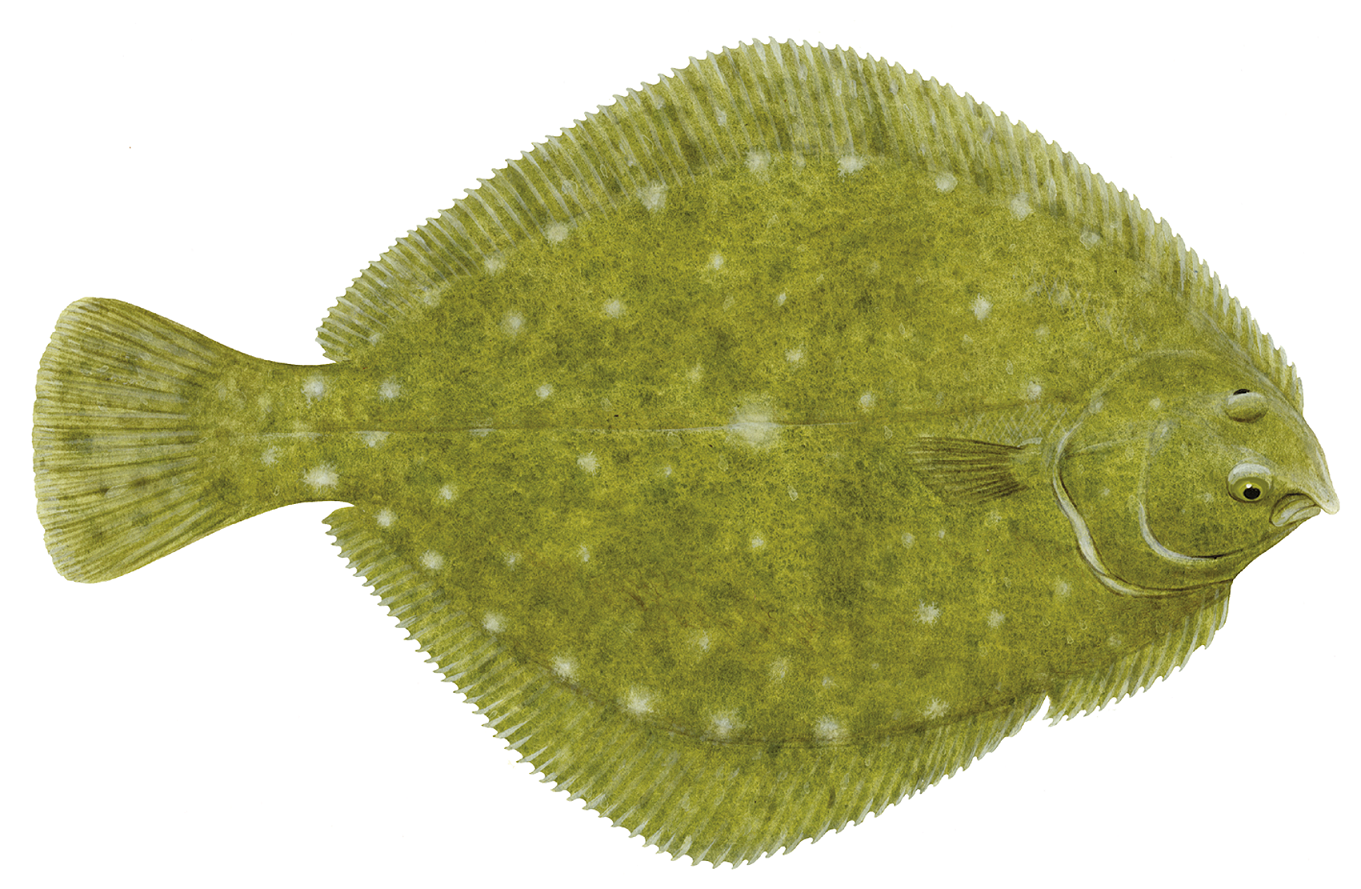Flounder
pinungana (Fish)
In palawa kani, the language of Tasmanian Aborigines, with thanks to the Tasmanian Aboriginal Centre.
Pleuronectidae family (Flounder)

2022/23 Flounder Status (Released August 24)
| Stock Status | UNDEFINED | ||
| Summary | Several species of flounder are caught commercially and are not reliably reported to species level. The Greenback Flounder (Rhombosolea tapirina) is thought to constitute most of the commercial flounder catch, while the Long-snouted Flounder (Ammotretis rostratus) is taken in smaller quantities. Due to limited market demand and the requirement for fishers to attend gear for most overnight gillnetting, the commercial catch remains low. Recent low effort, catch, and CPUE are unlikely to reflect trends in biomass, but the impact of historic catches remains uncertain. Monitoring the continuing decline in recreational catch is essential in the absence of fisheries-independent data. Consequently, the status of the stock remains undefined. | ||
| Importance | Minor | ||
| Stock | Tasmanian Scalefish Fishery | ||
| Indicator(s) | Catch, effort and CPUE trends | ||
| Managing Jurisdiction | State (Tasmania) | ||
Background
Flounder inhabit sheltered sand, silt, and mud habitat in estuaries and coastal waters of Tasmania. Since 2010, there has been a requirement for commercial fishers to attend their gear when gillnetting at night, unless they hold an unattended night netting endorsement for Bass Strait or are gillnetting in Macquarie Harbour. As a result, there has been a marked reduction in Flounder catch. Flounder in Tasmanian waters are primarily caught using spear. There is a substantial recreational fishery for Flounder, with most fishers also using spear (Lyle 2005, Lyle et al. 2009, Lyle et al. 2014, Lyle et al. 2019).
The latest full Scalefish Assessment can be found at the link:
Learn more about what each stock status classification means on our Stock Status Classifications Information Page:




Social and Economic Indicators